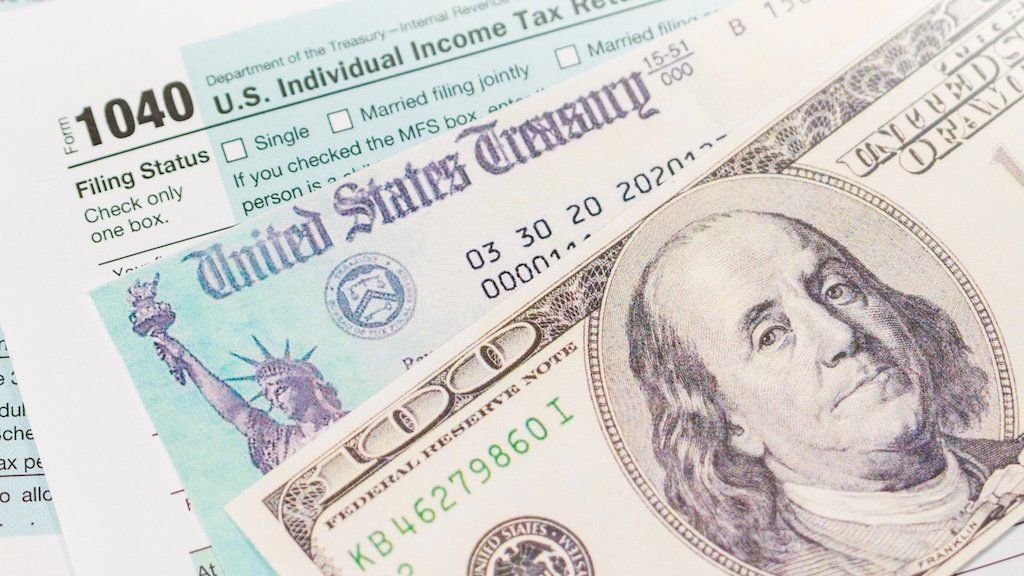

As the 2025 fiscal cliff approaches, key provisions of the Tax Cuts and Jobs Act are set to expire — triggering one of the largest planned tax hikes in U.S. history. If Congress fails to act, the hardest hit won’t be billionaires or Wall Street elites. It will be working- and middle-class Americans who will get hammered.
For years, the left has pushed a false narrative about the TCJA, passed in 2017 under President Donald Trump. They claim it was a “giveaway to the rich.” Sen. Elizabeth Warren (D-Mass.) even labeled it a “wealth transfer” from working families to millionaires and billionaires. That claim is flatly untrue. The data from the Internal Revenue Service tells a very different story.
Democrats say they care about working families. If that’s true, why are they standing in the way of the very law that lowered the tax burden on millions of middle-income Americans?
A new policy study from the Heartland Institute, which I co-authored, analyzed IRS data from 2017 through 2022 to evaluate the real impact of the Tax Cuts and Jobs Act. Although the law passed in 2017, it didn’t take effect until 2018. Using the most recent available tax year (2022), we compared data before and after the law took effect to determine how much taxpayers saved across each IRS income bracket.
Since IRS data for 2023 and 2024 isn’t available yet, we used historical averages to project savings for those years.
Big tax cuts for the middle class
The results are clear. The TCJA cut personal income tax rates across the board. But the biggest winners — by percentage saved — were working- and middle-class Americans earning between $30,000 and $200,000 a year. Over the period studied, these families saved thousands.
Here’s the breakdown: From 2018 through 2024, we project that households earning between $50,000 and $75,000 saved around $6,300 in federal income taxes. Those making between $75,000 and $100,000 saved about $8,300. And families earning between $100,000 and $200,000 saved nearly $13,500.
That’s not a giveaway to the rich. That’s real relief for working families.
While high-income earners benefited too, their relief was modest compared to the savings middle-class families received.
In 2022, filers making between $5 million and $10 million saw their federal tax bills fall by just 2.3% compared to 2017. Meanwhile, households earning between $40,000 and $50,000 saved nearly 19%. That’s not trickle-down economics — that’s targeted relief for working Americans.
Overall, the income groups that saw the largest percentage tax cuts were those earning less than $75,000. Within that group, even the lowest-performing bracket — households making between $50,000 and $75,000 — still saved a little over 16% in 2022 compared to pre-TCJA levels. Every other bracket in the under-$75,000 range saved at least 18%.
Perhaps most striking of all, our study shows that the TCJA actually made the federal tax code more progressive. It shifted more of the income tax burden onto high earners while easing it for working families — the very opposite of what critics have claimed.
The IRS data from 2017 to 2022 shows a clear trend. After the TCJA took effect, households earning less than $200,000 paid a smaller share of all personal income taxes, while households earning more than $200,000 picked up a larger portion of the national tab.
Debunking the deficit myth
This contradicts a favorite claim of the left — that the Trump tax cuts would drain federal revenue and explode the deficit. Yes, the deficit has worsened since the TCJA took effect, but not because tax revenues collapsed. The truth is just the opposite.
In 2017, the IRS collected about $3.5 trillion in total taxes. By 2022, that number had jumped to nearly $5 trillion. Personal income tax collections alone reached $2.13 trillion in 2022 — up half a trillion dollars since the TCJA became law.
The TCJA didn’t starve the Treasury. Federal income tax revenues have grown significantly since 2017. What has fueled the national debt and deficit is not a lack of revenue, but out-of-control government spending.
The clock is ticking
Middle-class tax relief is scheduled to expire at the end of the year. If Congress fails to act, the fallout will be severe. Many middle-income families could face tax hikes of 18% or more, costing them thousands of dollars over the next few years. Higher earners would face even steeper increases — an economic drag that would ripple across the entire country.
Democrats say they care about working families. If that’s true, why are they standing in the way of the very law that lowered the tax burden on millions of middle-income Americans? Why are they trying to undo the progress that helped working people climb the economic ladder?
The answer is plain: politics. Democrats have opposed the TCJA from the beginning — not because it failed, but because Donald Trump signed it into law.
But the facts don’t lie. The Tax Cuts and Jobs Act worked. It lowered tax rates, fueled economic growth, and helped everyday Americans keep more of what they earned.
If Congress doesn’t step in soon and make the cuts permanent, the middle class will once again be left holding the bill.















